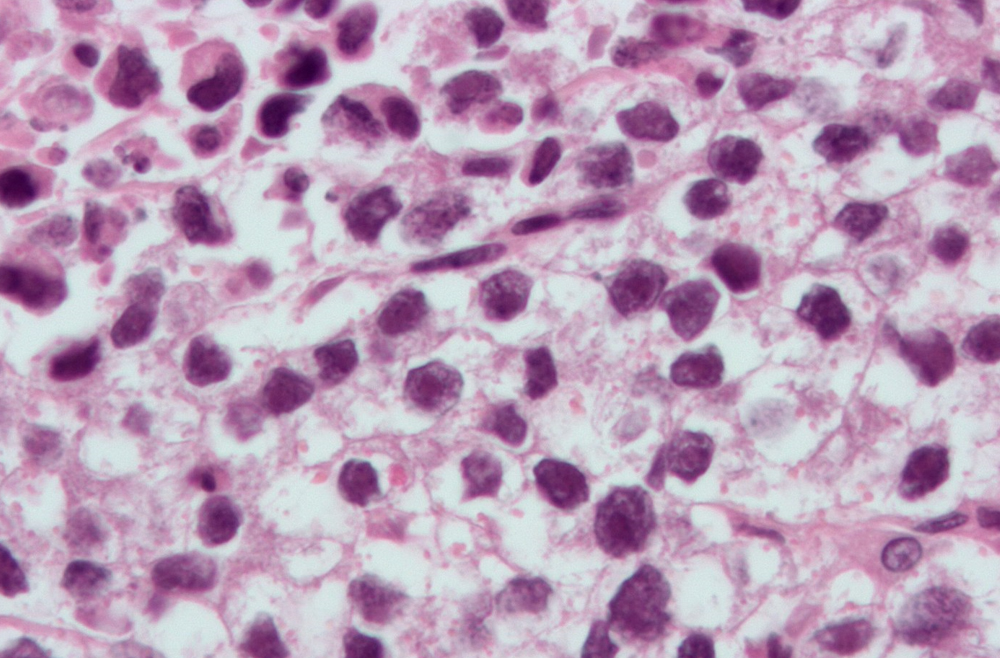A meta-analysis of nearly 200,000 men revealed 22 new genetic locations that could be susceptible to inherited testicular germ cell tumors (TGCT)—a 40% increase in the number of regions known to be associated with the cancer. The new findings, published in Nature Communications, could help doctors understand which men are at the highest risk of developing the disease and signal them to screen those patients.
The multi-institutional meta-analysis was conducted by researchers from The international TEsticular CAncer Consortium (TECAC), led by Katherine L. Nathanson, deputy director of Penn’s Abramson Cancer Center and Pearl Basser Professor of BRCA-Related Research in the Perelman School of Medicine.
In 2017, the TECAC reported an additional 12 loci. The new study brings the total number to 78.
“This latest set of genetic locations is adding to our understanding of the inherited drivers of testicular cancer, as we look to improve screening among men who may be at high risk,” Nathanson says. “Although this cancer is curable, identifying these men earlier can help save them from having to undergo certain treatments, such as chemotherapy, which can have late and unwanted complications.”
Germ cell tumors account for 95% of testicular cancer cases. TGCTs are the most common cancer in the United States and Europe in white men between the ages of 20 and 39. The number of cases has continued to rise over the past 25 years in white men and more recently in Latino men. Despite significant evidence that susceptibility to these tumors is hereditary, CHEK2 is the only moderate penetrance gene in which pathogenic variants have been associated with risk of the cancer.
Read more at Penn Medicine News.








